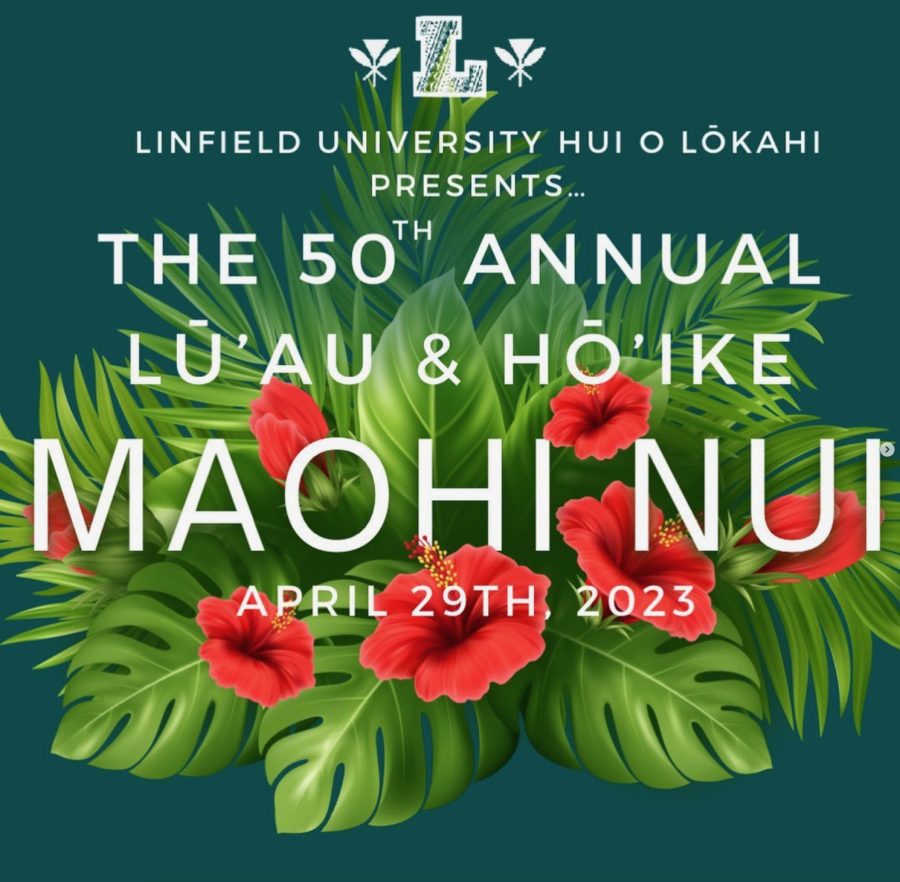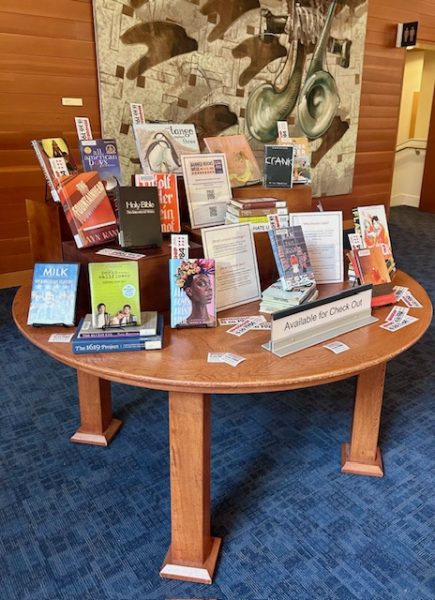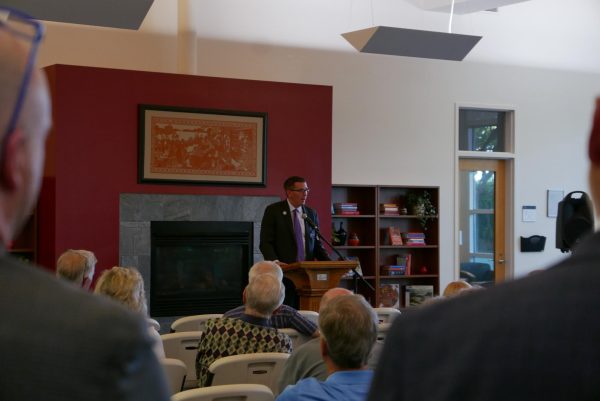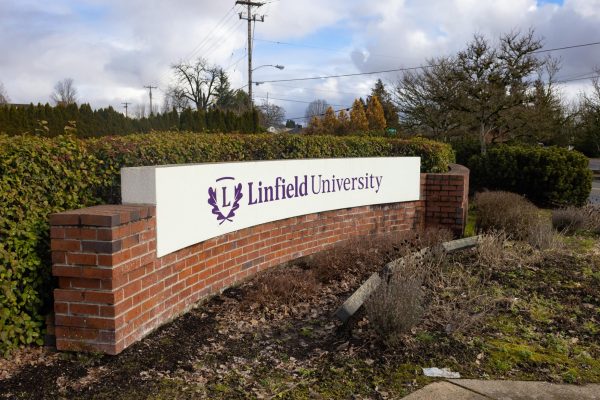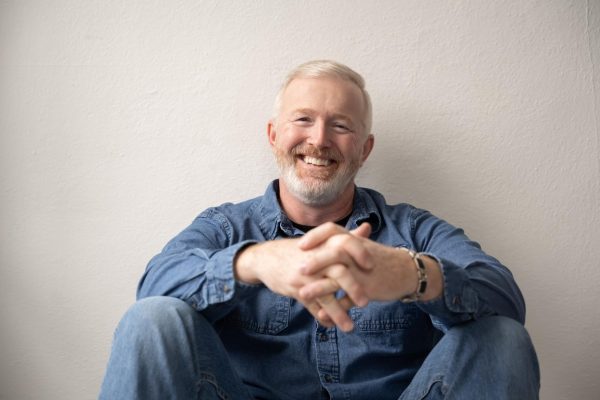50 year anniversary of Linfield’s annual Lu’au and Ho’ike this Saturday
There are two things you can count on to happen at Linfield University in the waning weeks of the spring semester. The first is the major case of senioritis (somehow felt by all ages…?) and the second is Lū’au and Ho’ike, put on by Hui o Lōkahi. This year, it is Saturday, April 29.
For the uninitiated, Lū’au and Hō’ike is one of Linfield’s largest events, second only to graduation in attendance. The two parts of its title are distinct.
“The Lū’au portion is usually before the event and that’s where we’re going to have our dinner,” said Taetum Lynn Kalani, one of the four co-chairs leading the planning. “Which is catered by Ohana Catering this year.”
To accommodate the sheer number of guests they expect, dinner will be happening in waves in the Rutschman Fieldhouse at 4, 5, and 6 p.m. Live performances by students and professional musicians will entertain diners before the main show begins.
“Hō’ike is our show,” said Kalani. “Which is taught and ran by students completely.”
The show will take place in the Ted Wilson Gymnasium, which is currently closed off from onlookers as dancers practice final run-throughs and dress rehearsals this week from 5 to 10 p.m. every night.
Long practice blocks are needed to make the show happen. According to Riley Omonaka, a dancer and committee member of this year’s Lū’au, there are 15 student performances happening. Practices started at the beginning of the semester and, in a complicated, multi-building schedule, five kumus (teachers) have managed to train almost 60 dancers of all backgrounds and skill levels.
All performances were choreographed and taught by students, to students. The theme this year is Maohi Nui, which celebrates the people and cultures of the Pacific.
“Based on my experience, as well as the stories that my grandpa told me about when he was at Linfield, Lū’au has always been a huge celebration for students, especially those coming from Hawai’i,” Kalani said. “Knowing that Hawaiians and Pacific Islanders at Linfield get to be celebrated is not only amazing for us, but also an educational moment for students who aren’t from Hawai’i to learn a little bit of something that they don’t really know about or have only seen in movies.
“It’s truly life changing honestly. Being able to give students here that experience at such a large scale every year is amazing,” she said.
Kalani’s grandfather, Lester, attended Linfield when Lū’au was still relatively new, in the 80s. He majored in education, played football, and is originally from Oahu. He will be flying in to attend this year’s 50th and watch his granddaughter perform.
“He was a huge part of why I came to Linfield,” Kalani said. “I grew up listening to his stories about his time here.”
Kalani says, according to Lester, Lū’au used to take place in Dillin Dining Hall and was small–about 200 to 300 people. This is a far cry from what the co-chairs are expecting this year at more than 1000.
“Knowing that I’m a part of that legacy is really amazing,” she said.
Besides dinner and a show, attendees at Lū’au can also expect to see a small crew of students filming the celebration. The JAMS321 Documentary Filmmaking class has been working with the co-chairs, committee members, and dancers to learn about and document all that goes into putting on the 50th Lū’au and Hō’ike. Students hope to release the film by this fall.
As part of the interviewing process, some of the co-chairs were asked what hula meant to them.
Kalani, who is also a kumu this year, has been dancing since she was a little girl, and comes from a family of dancers, went first.
“To me, hula is everything. It’s taught me so much about myself it’s made me who i am today, it’s not only a way for me to celebrate where I come from, what’s been done to get me where I am today by my ancestors and family members, but hula has been my life for so long it’s…everything,” she said.
Kami Echiverri, another co-chair who is primarily in charge of planning logistics of the event, went next. “Hula is the past and present. Hula tells stories of the past, but there’s new songs being recorded and you can create new dances. You can have one song but there’s so many ways it can be interpreted–it’s an art,” she said. “Hula is art and you can see it being painted on the canvas with the ways the dancers move their hands and their hips are moving with their hands.”
Mako Minoda went next. Minoda is a co-chair, also focused on planning and logistics.
“Hula is sending a message about Polynesian cultures and showing and telling their stories in a nonverbal way,” Minoda said.
Lū’au and Hō’ike tickets are sold separately. At the time of publishing, VIP seats are sold out but general admission seats and dinner tickets are still open. For more information, visit their Linfield page.

